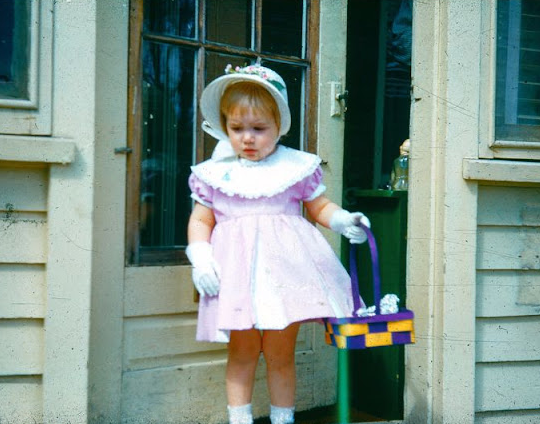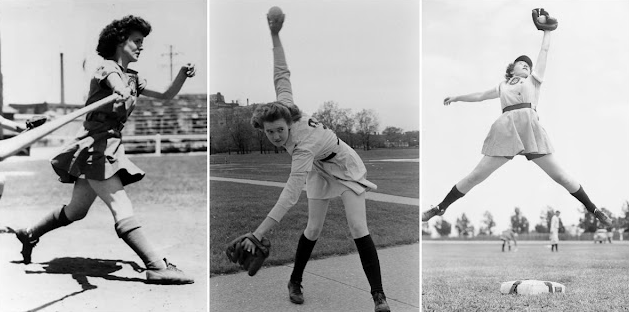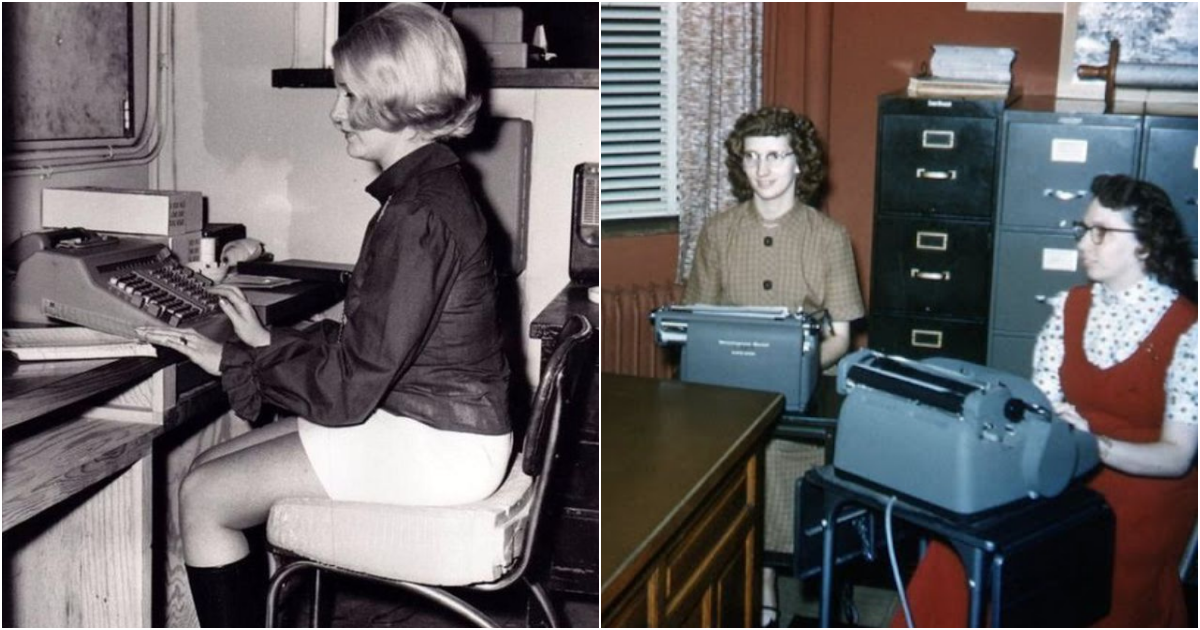Curling is a sport in which players slide stones on a sheet of ice toward a target area which is segmented into four concentric circles. It is related to bowls, boules, and shuffleboard. Two teams, each with four players, take turns sliding heavy, polished granite stones, also called rocks, across the ice curling sheet toward the house, a circular target marked on the ice. Each team has eight stones, with each player throwing two. The purpose is to accumulate the highest score for a game; points are scored for the stones resting closest to the centre of the house at the conclusion of each end, which is completed when both teams have thrown all of their stones once. A game usually consists of eight or ten ends.
The player can induce a curved path, described as curl, by causing the stone to slowly rotate as it slides. The path of the rock may be further influenced by two sweepers with brooms or brushes, who accompany it as it slides down the sheet and sweep the ice in front of the stone. “Sweeping a rock” decreases the friction, which makes the stone travel a straighter path (with less curl) and a longer distance. A great deal of strategy and teamwork go into choosing the ideal path and placement of a stone for each situation, and the skills of the curlers determine the degree to which the stone will achieve the desired result.
Evidence that curling existed in Scotland in the early 16th century includes a curling stone inscribed with the date 1511 found (along with another bearing the date 1551) when an old pond was drained at Dunblane, Scotland. The world’s oldest curling stone and the world’s oldest football are now kept in the same museum (the Stirling Smith Art Gallery and Museum) in Stirling. The first written reference to a contest using stones on ice coming from the records of Paisley Abbey, Renfrewshire, in February 1541. Two paintings, “Winter Landscape with a Bird Trap” and “The Hunters in the Snow” (both dated 1565) by Pieter Bruegel the Elder, depict Flemish peasants curling, albeit without brooms; Scotland and the Low Countries had strong trading and cultural links during this period, which is also evident in the history of golf.
The word curling first appears in print in 1620 in Perth, Scotland, in the preface and the verses of a poem by Henry Adamson. The sport was (and still is, in Scotland and Scottish-settled regions like southern New Zealand) also known as “the roaring game” because of the sound the stones make while traveling over the pebble (droplets of water applied to the playing surface). The verbal noun curling is formed from the Scots (and English) verb curl, which describes the motion of the stone.
Vintage Photos of Curling Teams From the Early 20th Century
Vintage Photos of Curling Teams From the Early 20th Century
Vintage Photos of Curling Teams From the Early 20th Century
Vintage Photos of Curling Teams From the Early 20th Century
Vintage Photos of Curling Teams From the Early 20th Century
Vintage Photos of Curling Teams From the Early 20th Century
Vintage Photos of Curling Teams From the Early 20th Century
Vintage Photos of Curling Teams From the Early 20th Century
Vintage Photos of Curling Teams From the Early 20th Century
Vintage Photos of Curling Teams From the Early 20th Century
Vintage Photos of Curling Teams From the Early 20th Century
Vintage Photos of Curling Teams From the Early 20th Century
Vintage Photos of Curling Teams From the Early 20th Century
Vintage Photos of Curling Teams From the Early 20th Century
Vintage Photos of Curling Teams From the Early 20th Century
Vintage Photos of Curling Teams From the Early 20th Century
Vintage Photos of Curling Teams From the Early 20th Century























